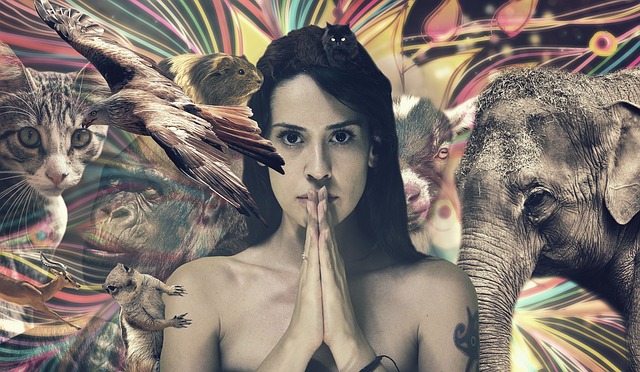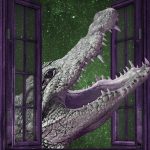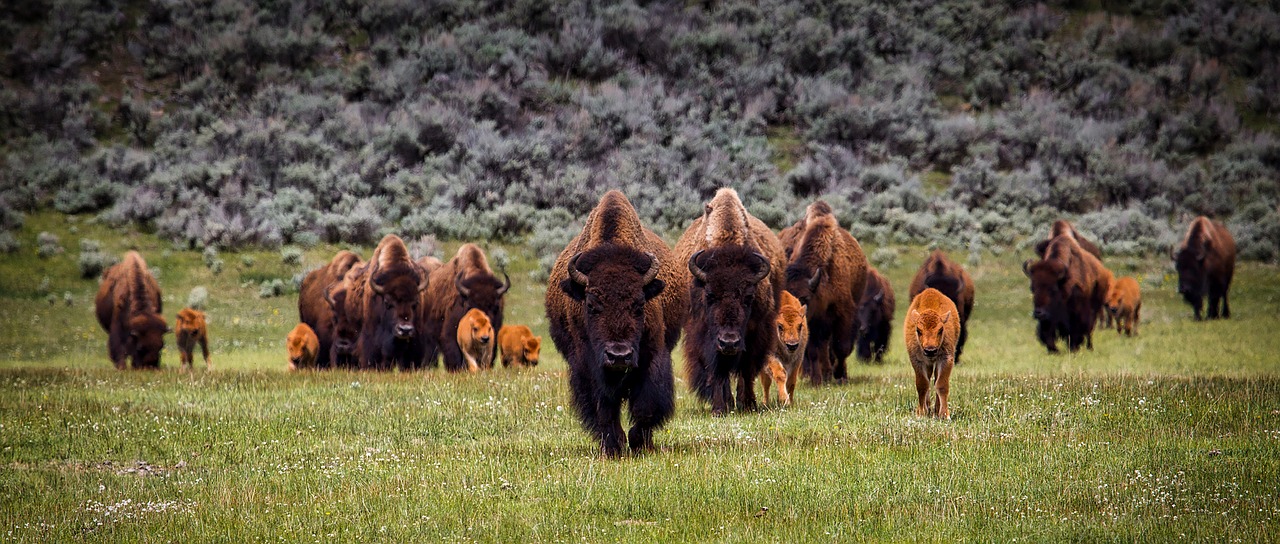
The Native American’s Ghost Dance Religion scared the hell out of white men. So much so, the white man did everything in his power to squelch the practice of this religion.
Why did white men fear it so much? White men had taken Native American lands, their power, their buffalo, and destroyed their beliefs. So why was their last grasp at a religion so important to Native Americans? And why did the White Man fear it so much?
I ask that you keep an open mind as we take this next journey together. There is no solid evidence to substantiate what I believe, just a funny gut feeling that there was far more to the religion than realized by most, except for maybe the prophet who taught the Ghost Dance to his followers.
Background of The Ghost Dance
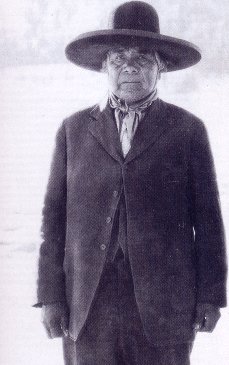
The Ghost Dance Religion was based on the teachings of the prophet Wovoka (aka Jack Wilson), a Northern Paiute spiritual leader. In a vision he experienced during a solar eclipse, he was given a prophecy. From this vision, he instructed his followers to dance the Ghost Dance.
Though Wovoka’s prophecy was one of peace, as his message was adopted by other tribes, the meaning of the dance evolved into an ominous doctrine feared by the whites.
Wovoka’s prophecy:
“When the sun died, I went up to heaven and saw God and all the people who had died a long time ago. God told me to come back and tell my people they must be good and love one another, and not fight, or steal, or lie. He gave me this dance to give to my people.” —Wovoka
He taught that if the dance was practiced as instructed, their dead ancestors would reunite with the living.
Description of dance:
“The step is different from that of most other Indian dances, but very simple, the dancers moving from left to right, following the course of the sun, advancing the left foot and following it with the right, hardly lifting the feet from the ground. For this reason it is called by the Shoshoni the “dragging dance.” All the songs are adapted to the simple measure of the dance step.” —The Ghost Dance Religion and The Sioux Outbreak of 1890by James Mooney.
Practice of the Religion
The religion was first practiced by Nevada Paiutes in 1889. Many variations and interpretations grew from Wovoka’s prophecy. And, like all religions, different tribes infused their own beliefs into the Wovoka’s teachings. It spread rapidly, and in a year’s time, it became accepted by Native Americans throughout much of the Western United States as a common practice and a way for The People to regain their power and pride.
Tribe after tribe embraced the shuffling dance and its songs, until the evolving message became a scenario in which their dead ancestors would return, restore the buffalo, and chase the white man back into the oceans from “whence” they came. Some of the tribes believed that if their people danced the old dance…
“…a great mass of mud and water would roll over the earth, destroying the white men…” —Red Man’s Religion by Ruth M.Underhill
The End of a Religion
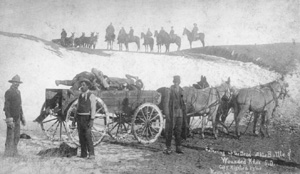
The 1890 Wounded Knee Massacre is said to have cauterized the growing religion and ended its spread.The Massacre is described in the Encyclopedia of the Great Plains , edited by David J. Wishart, in the following way.
“On December 29, 1890, on Wounded Knee Creek in southwestern South Dakota, a tangle of events resulted in the deaths of more than 250, and possibly as many as 300, Native Americans. These people were guilty of no crime and were not engaged in combat. A substantial number were women and children. Most of the victims were members of the Miniconjou band of the Lakota Sioux who had been intercepted by military forces after they fled their reservation in South Dakota for refuge in the Badlands.” —John E. Carter Nebraska State Historical Society.
Before the massacre, Colonel James W. Forsyth, of the Seventh Cavalry, convened a council with the Miniconjous.
“He demanded that they surrender all their firearms and told them that they would be relocated to a new camp. The order to a new camp was interpreted by the Miniconjous as exile, probably to Indian Territory, a prospect that they found intolerable.
While these discussions continued in the Lakota camp on Pine Ridge Reservation…
“a number of Indians began singing Ghost Dance songs, with some rising to throw handfuls of dirt in the air. The troops who surrounded them perceived the singing and dirt throwing as signals to attack, and at this tense moment the fuse was lit. A man named Black Coyote (sometimes called Black Fox) refused to surrender his rifle to a soldier. The two began wrestling over the gun, and in the struggle it discharged. Immediately the nervous troops began firing, while the Miniconjous retrieved their weapons and returned fire.” —John E. Carter Nebraska State Historical Society.
Most Comprehensive
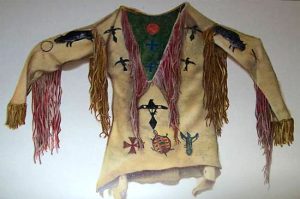
James Mooney’s book, The Ghost Dance Religion and The Sioux Outbreak of 1890 first published in 1896, is the most comprehensive research done on the Ghost Dance. Mooney, an employee of the Smithsonian Institute Bureau of Ethnology, spent twenty-two months over four years, in the field, researching the religion and its effects.
“By way of white supremacy, ignorance and fear, a beautiful, peaceful religion met its death on the bleeding fields of Wounded Knee.”—unknown author, maybe Mooney, maybe me.
I found the above quote in the notations scribbled in the margins of my copy of Mooney’s book. Yellow, pink, and blue Post-It notes flag important pages with information I high-lighted and deemed important over twenty years ago. I don’t remember writing the words. And maybe they’re Mooney’s, but I was unable to locate them anywhere in the book or on the web.
How I Became Interested
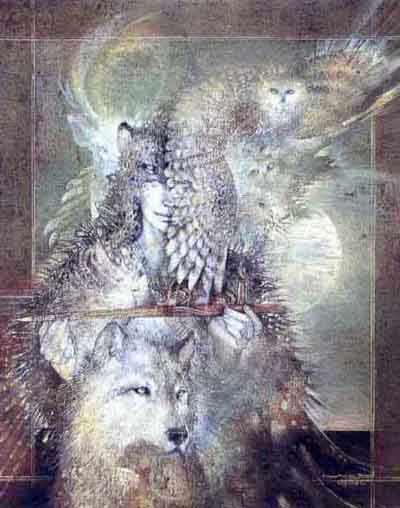 I began writing seriously in 1995 when the idea for my first novel was planted by my Walk-In. It was to be about a little boy who had an imaginary friend who wasn’t imaginary.
I began writing seriously in 1995 when the idea for my first novel was planted by my Walk-In. It was to be about a little boy who had an imaginary friend who wasn’t imaginary.
Back then—pre-google—I researched in the surrounding towns’ libraries and ran across an article written about a little boy who was kidnapped by the Comanches. From this new found knowledge, I began my research into Native American beliefs. I became a captive—as the boy did—to their traditions and customs.
While researching, I was guided to The Ghost Dance Religion. As I explained in my last blog post, Ruth Montgomery believed her writing was guided. I too believe I have been guided in my writing and research, especially in its connection to The Ghost Dance. For what purpose…? I question as I hike nature trails trying to find answers.
Questions Asked
My Walk-In always asks me questions in a way that make me discover the answers for myself. He is never forthcoming. He asked: “Think about it. Why would the Creator tell the Native Americans to practice a religion that would inevitably be killed by the fear of White Men?”
“The Creator had a reason, right?” my Walk-In asks.
Somewhere in me that gut feeling answers: Those individuals, whose focus in life is the preservation and restoration of Earth—the environmentalists, the tree huggers, the pioneers in solar/wind energy—those who voluntarily pick up the trash on beaches, or those who work to save people and/or animals, THEY host Walk-Ins. And these Walk-Ins are the ancestors of the Native Americans who resurrected them while performing The Ghost Dance?
Wovoka’s prophecy was intended to be one of peace. It was meant to restore balance to Earth, not murder and destroy Her caretakers.
What I Think
Some of us are tree huggers. We love Earth and all that She provides us. We see the Creator in nature—in the animals who cross our path—and we know they bring us messages from the One who made us all.
There are others, however, who would destroy Earth in an effort to gain money and/or power.
What makes some of us different? Is it possible that The Different People host the souls—the Walk-Ins—invoked by The Ghost Dance Religion? What do you think? The Creator does work in mysterious ways.
(ProbeNote: I tried to find the most current, update information about The Ghost Dance Religion. Unfortunately—like the Dance itself—it seems buried among the ruins of a once mighty nation known as The People. I did find, however, an interesting blog written by Anthony Chaney, history teacher at the University of North Texas at Dallas, on the topic. For further reading on The Ghost Dance Religion, check-out Chaney’s blog at: https://s-usih.org/2018/02/ghost-dancers-past-and-present/ )
I studied animals and learned their messages while I did research for my novel. Once I understood the power of calling on your spirit animal, I shared the information with my family and students.The animal pictures (below) are my children’s animal totems. My daughter is Turtle. My son is Otter. Our granddaughter is the Great Blue Heron. And Fox is our little grandson we lost but whose presence I feel every day. We have a new little grandson and his power animal is the alligator.
- Urban Legend in the Making - April 22, 2024
- Coghlan’s Traveling Coffin Urban Legend - April 4, 2024
- Richmond Vampire Urban Legend - March 7, 2024
